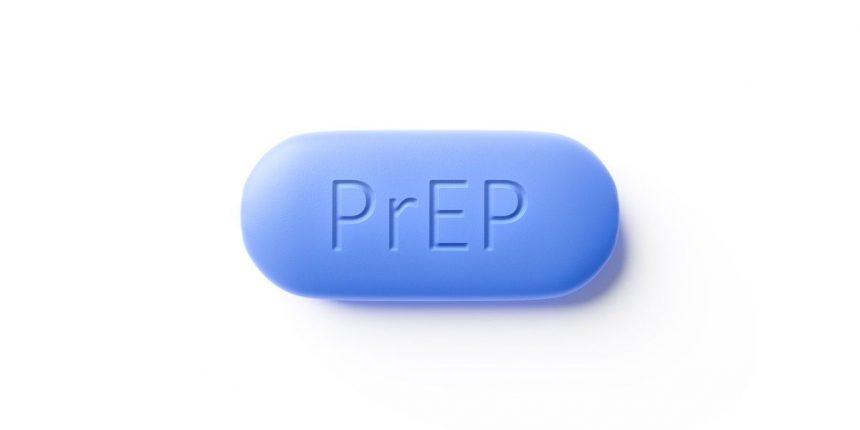
In the 1980s, HIV/AIDS was considered a death sentence, with over 100,000 Americans succumbing to the disease. However, today, there are medicines known as pre-exposure prophylaxis (PrEP) that can prevent infection. Despite their effectiveness in reducing the risk of HIV transmission, many who could benefit from PrEP are not taking it due to various barriers, including cost, insurance coverage, and enforcement of policies.
An estimated 1.2 million people in the U.S. could benefit from PrEP, yet less than 4 out of 10 actually receive a prescription. Disparities exist in PrEP access, with fewer Hispanic/Latino and Black individuals being prescribed PrEP compared to white individuals, despite the former groups accounting for a majority of new HIV cases annually.
One major barrier to PrEP access is cost and insurance coverage. While there are laws in place to ensure coverage without consumer costs, enforcement and implementation of these rules remain a challenge. Additionally, insurers may impose other barriers like prior authorization requirements, hindering easy access to preventive care.
Advocates are pushing for better enforcement of existing rules, expanded requirements for PrEP access regardless of insurance type, and increased funding for initiatives like Ending the HIV Epidemic. Streamlining medical billing and enhancing communication between health plans and consumers could also improve PrEP access.
It is essential for federal and state policymakers to address these barriers and ensure that all individuals who could benefit from PrEP have equal and easy access to this life-saving medication.





